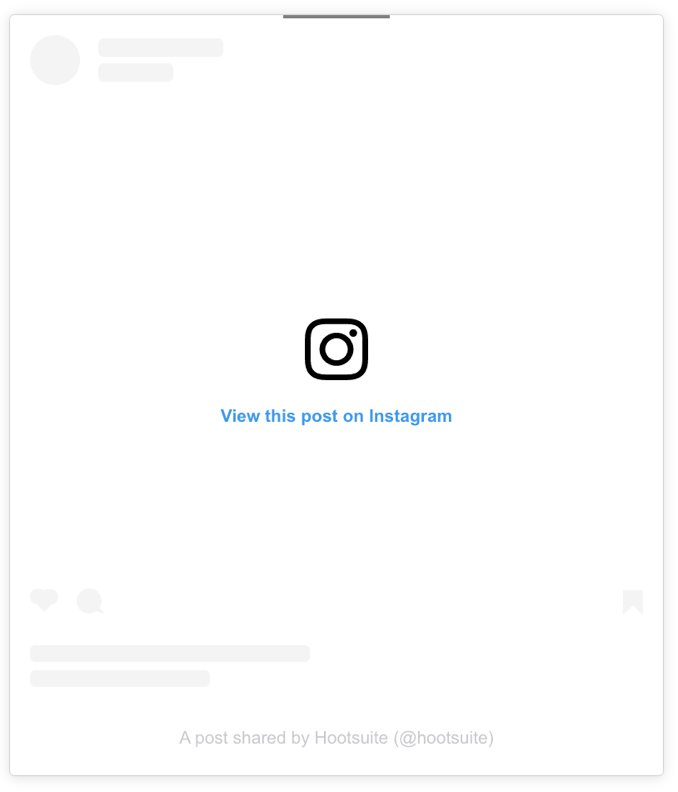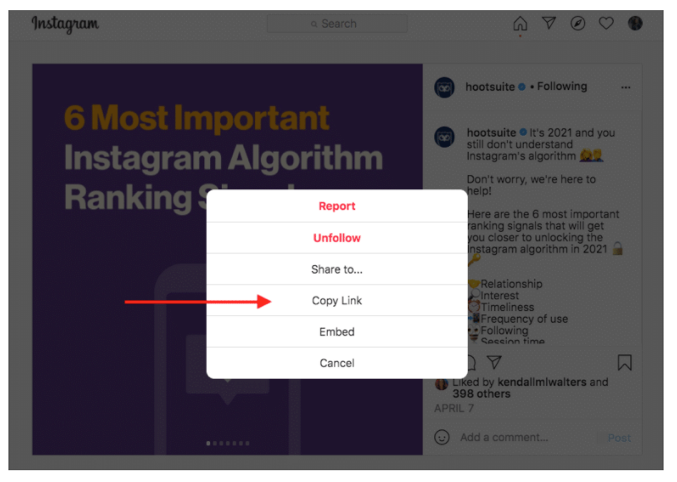
Key Elements for a High Converting Facebook Post
September 9, 2021
5 Ways To Do Market Research
September 16, 2021Tracking Social Media Success using UTM Parameters
Because the competition on social media is strong and your budget is limited, you must make the most of your time and resources to ensure that your efforts pay off.
You need all the support you can get when it comes to social media marketing if you want to stand out and achieve results. Because the competition is intense and your budget is limited, you must maximize your time and resources to guarantee that your efforts pay off.
You must determine which techniques are effective.
Where can you find your target audience online?
What your target audience truly desires to hear from you.
And there’s a lot more. Much of this can be accomplished with one easy “trick”: using UTM tracking URLs.
What are UTM tracking links, and how do I use them?
A UTM tracking link appears to be something like this:
https://www.lilachbullock.com/?utm source=facebook&utm medium=social&utm campaign=sale
As you can see, the link is made up of multiple elements: the actual URL lilachbullock.com, followed by a series of codes beginning with “utm_.” These are known as UTM parameters, and they are just small chunks of code that are appended to a link to help track it more precisely:
- The source of your traffic (in this case, the link was posted on Facebook, thus the source is “facebook” – you can go even deeper and track individual groups, articles, and so on).
- Medium — This refers to the sort of traffic; in this case, it’s social/social media.
- Campaign – This refers to the campaign you’re running, such as an ad campaign, a sales campaign, a blog promotion, or an a/b test.
There are five UTM parameters to choose from. The first three should be used in all UTM tracking URLs. (Google Analytics necessitates their use.)
The last two fields are optional and are only used to monitor sponsored campaigns.
- The source of the campaign
This is the name of the social media site, search engine, newsletter, or other unique source of traffic.
Facebook, Twitter, a blog, a newsletter, and so on are just a few examples.
utm source is the UTM code.
utm source=facebook is an example of code.
- Type of campaign
This identifies the sort of traffic source: organic social, paid social, email, and so on.
cpc, organic social are two examples.
utm medium is the UTM code.
utm medium=paid social is an example of code.
- The name of the campaign
Assign a name to each campaign so you can keep track of your progress. A product name, a contest name, a code to identify a specific sale or campaign, an influencer ID, or a slogan might all be examples.
Summer sale, free trial are two examples.
utm campaign is the UTM code.
utm campaign=summer sale is an example of code.
- The duration of the campaign
To track paid keywords or key phrases, use this UTM tag.
social media and newyork cupcakes are two examples.
utm term is the UTM code.
utm term=social media is an example of code.
- Campaign content you may monitor various adverts within a campaign using this option.
Video ad, text ad, blue banner, and green banner are some examples.
utm content is the UTM code.
utm content=video ad is an example of code.
All of the UTM parameters can be used in a single connection. They all follow the? and are separated by the & symbols.
Using all of the aforementioned example codes, the UTM parameter link would be:
http://www.yourdomain.com?utm source=facebook&utm medium=paid social&utm campaign=summer sale&utm term=social media&utm content=video ad
9 tips for tracking UTMs
- Calculate social media ROI using UTM parameters.
Including UTM parameters in social media links allows you to track and show the effectiveness of your efforts. You can demonstrate to your employer, clients, or stakeholders how social media updates increase traffic to your website. Lead generation, referral traffic, and conversions will all be clearly visible. The influence of social media on corporate income may then be reported.
You can also utilize UTM tracking data to figure out how much it costs to get a lead or a client. These are both significant figures for those in charge of budgeting in the firm.
UTM parameters provide you a lot of information to work with, allowing you to track progress post by post. The distinction between sponsored and organic social postings is very discernible. This helps you to compute ROI more precisely.
Another advantage of using UTM parameters is that you can track all social traffic. You won’t be able to count social referrals from dark social channels like messaging applications if you don’t have them.
This is especially essential because third-party cookies and ad blockers make other tracking methods less accurate.
- To fine-tune your social media approach, use UTM parameters.
UTM characteristics make it easy to evaluate which social techniques are the most effective—and the least expensive.
This data can assist you in making crucial decisions about where to concentrate your efforts (and budget). Twitter, for example, may provide more visitors to your site, while Facebook generates more leads and conversions.
You may utilize that knowledge to help you establish objectives that are both relevant and achievable. Then, to keep track of your progress, utilize UTM parameters.
- A/B testing (also known as split testing) allows you to test and validate assumptions about what works best for your audience.
You can’t always rely on conventional knowledge to be correct for your brand at any given time. Hootsuite, for example, recently discovered that posts without links performed better with their audience on Instagram and LinkedIn.
Perhaps you’ve always thought that videos perform better on social media. Is this, however, true for your target audience?
You may put this idea to the test using UTM codes. Create two postings, one containing a video and the other without. Each one should be labeled with a UTM code that corresponds to the campaign’s content. You’ll quickly notice which brings in the most visitors to your website.
Of course, to prove a hypothesis, you’ll need more than one test. If you discover that videos are the most effective, you may continue on to determining which types of videos work best. To fine-tune your plan, you might go into further detail.
- When it comes to internal links, avoid using UTM tags.
UTM codes are used to collect statistics about visitors that come to your website or landing page from outside sources (like your social profiles). UTM settings might cause tracking problems when used on internal links on your website (for example, between blog articles).
As a result, avoid using UTM codes on internal links.
- Track influencer marketing outcomes with UTM parameters.
For many businesses, influencer marketing is an important social media approach. However, calculating the return on investment of influencer marketing may be difficult.
It’s simple to measure how much traffic each influencer sends to your site by using a unique UTM tag for each one. UTM codes may be used to determine which influencer posts are the most successful. This assists you in determining which influencers have the potential to form long-term connections.
- Adhere to a naming system that is both consistent and documented.
Consider the five UTM parameters and begin to consider how you’ll define the distinct groups. Always remember that consistency is crucial. Inconsistent UTM parameters result in data that is partial and incorrect.
It’s possible that you’ll have several employees working on your social media UTM tracking. Create a master list of UTM parameters for higher-level elements like source and medium to keep everyone on the same page. Then, develop a style guide that describes how to establish unique campaign parameters and what guidelines to follow.
Ensure that everyone who needs to utilize UTM codes can see this document. However, you might wish to limit one or two important people’s access to make modifications.
Keeping track of the naming standards (rather than remembering them all) ensures that all of your hard work is preserved. It implies that no matter who sets a new UTM link, your company’s vital data remains accurate.
It’s up to you to figure out which descriptions are most appropriate for your company. However, there are a few simple guidelines that should be followed while naming UTM codes:
Stick to Lower-Case
UTM codes are case-sensitive, therefore use lowercase. That implies that Facebook, Facebook, FaceBook, and FACEBOOK all have their own tracking systems. If you utilize variants, your Facebook UTM tracking will be incomplete. To avoid data tracking issues, keep everything in lower case.
Instead of spaces, use underscores.
Another technique to distort your data is to use spaces to produce several codes for the same object.
Organic-social, organic social, organicsocial, and organic social, for example, will all keep track of their own data. Worse, “organic social” with a space in the URL will become “organic percent 20social.” All spaces should be replaced with underscores. To keep things consistent, make a note of this decision in your UTM style guide.
Maintain a straightforward approach.
You’re less likely to make mistakes while utilizing UTM codes if they’re straightforward. In your analytics tool, simple, easy-to-understand codes are also easier to deal with. They allow you (and everyone else on your team) to see what the codes mean at a glance.
Check your reports for odd codes on a regular basis.
Human mistake is possible even with an uniform list and style guide. Keep an eye on your analytics and reports for any mistyped UTM codes so you can fix them before your data becomes skewed.
- When copying and pasting URLs, be aware of UTM parameters.
Make sure you don’t include extraneous UTM codes when copying and pasting links to your own content.
When you utilize the Copy Link function on any Instagram post from your web browser, for example, Instagram adds its own UTM code. Consider the following Instagram post:

Using the Copy Link feature from Instagram, the link provided is https://www.instagram.com/p/CNXyPIXj3AG/?utm_source=ig_web_copy_link

Source: Instagram
In a spreadsheet, keep track of UTM links.
The number of connections you track will soon increase if you start using UTM codes. To make it easier to manage and avoid duplicate links, keep them organized in a spreadsheet.
Each brief link must be listed in your spreadsheet. After that, keep note of the entire, pre-shortened URL, as well as all of the individual UTM codes and the date the abbreviated URL was produced. Make a note field to keep track of any vital information.
- Use a spreadsheet to keep track of UTM links.
Once you start using UTM codes, the number of connections you track will soon increase. To make them easier to manage and remove duplicate links, keep them organized in a spreadsheet.
Each brief link should be listed in your spreadsheet. Then keep note of the entire, pre-shortened URL, as well as all of the UTM codes and the date the abbreviated URL was produced. Make a note field so you can keep track of any crucial information.
Conclusion
UTM tracking links may be incredibly beneficial in terms of evaluating and testing your social media results in order to continually improve them. When running a social media campaign, use UTM links to help track it, but don’t forget to use UTMs for testing as well:
- Find out where your target audience hangs out online.
- What kinds of social media posts do they enjoy?
- What motivates them to participate?
- What is it that makes people convert?


